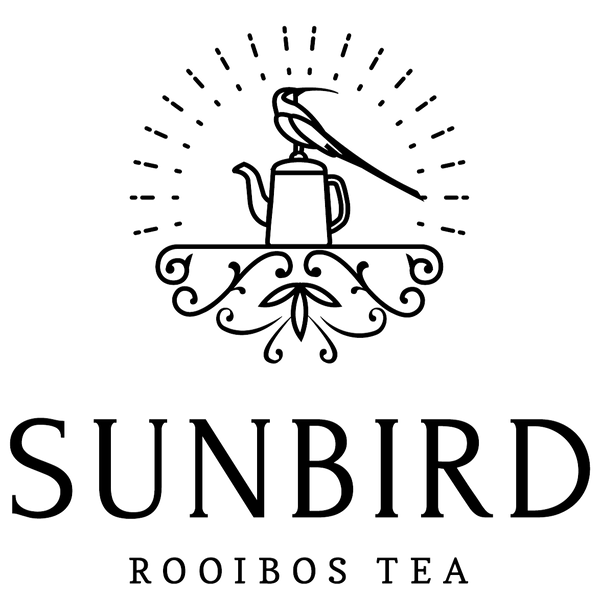Harvesting Rooibos in the Cederberg Mountains
Share
The gravel road meanders up the scorched valley. Dry protea bushes eagerly wait for the winter rains which should arrive to this part of the Western Cape Province between April and May. We truly hope the rains come – otherwise we, and Rooibos, will be in trouble.
We decided to spend a week high up in the valley following the harvest and doing some Rooibos trials. After having been exposed to winemaking in South Africa and California, and tea processing and cultures in Asia, there is so much opportunity in figuring out new ways of processing and preparing Rooibos tea.
The Cederberg area has Mediterranean climate with a winter rainfall between 200mm and 450mm a year. With temperatures ranging from zero degrees centigrade in winter to 45 in summer, these deep coarse acidic sandy soils provide perfect growing conditions for the hardy Rooibos.
Neil, James and Graham chat in Sotho, a language spoken in Lesotho, South Africa and Zimbabwe. Neil has worked at the farm the longest, for five years, and he has learned a lot about Rooibos in the meantime. Most of Rooibos has already been harvested for this year and we walk in the middle of fynbos chatting about life. After collecting many kilograms of Rooibos by hand we return to our cottage. Collected Rooibos is now ready to be cut and processed at a Rooibos factory.
Our Hidden Valley Wild Rooibos and Regular-Cut Loose Leaf Rooibos come from this beautiful valley. Superior quality tea usually comes from these higher altitudes with lower rainfall and subsequently lower yield.




